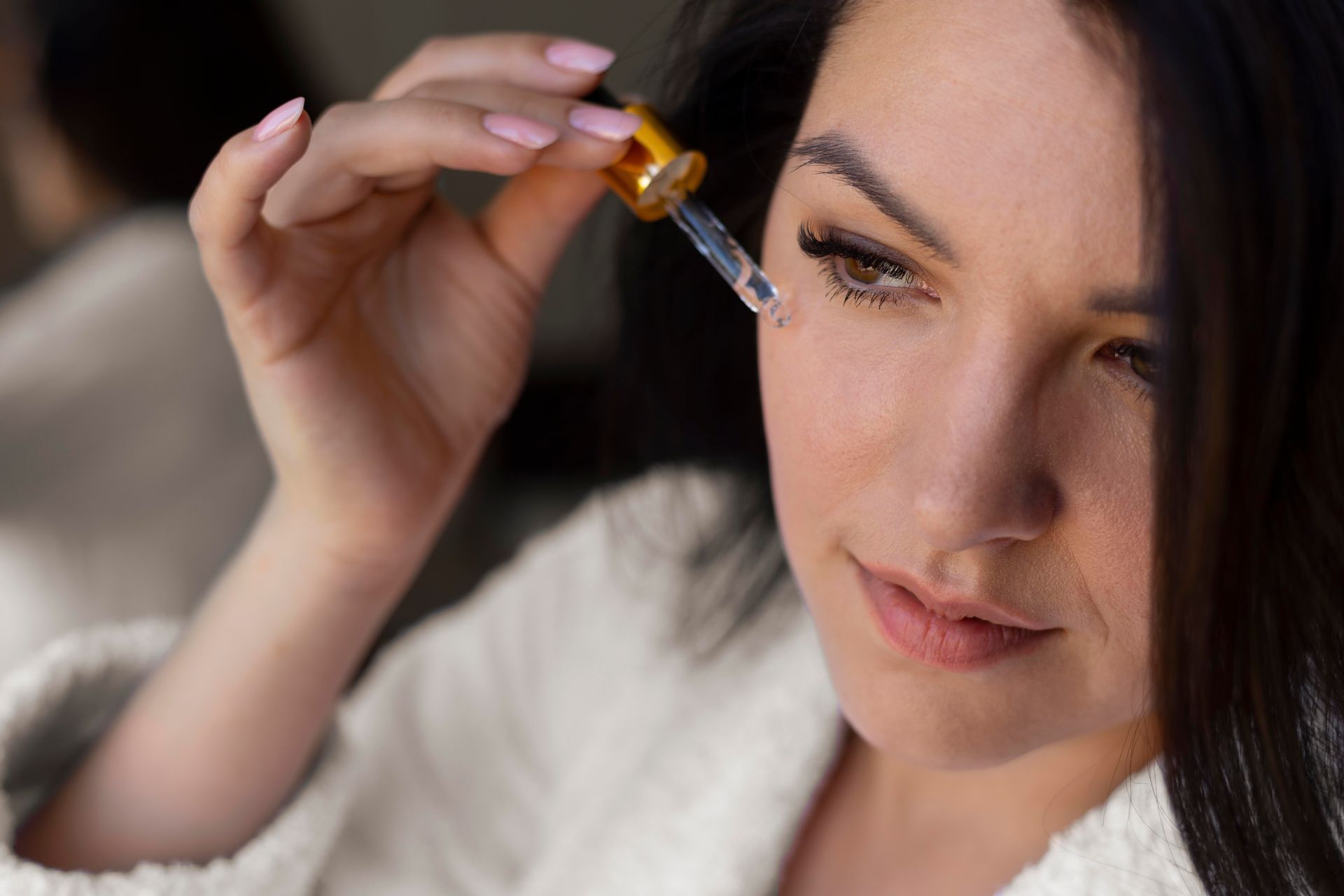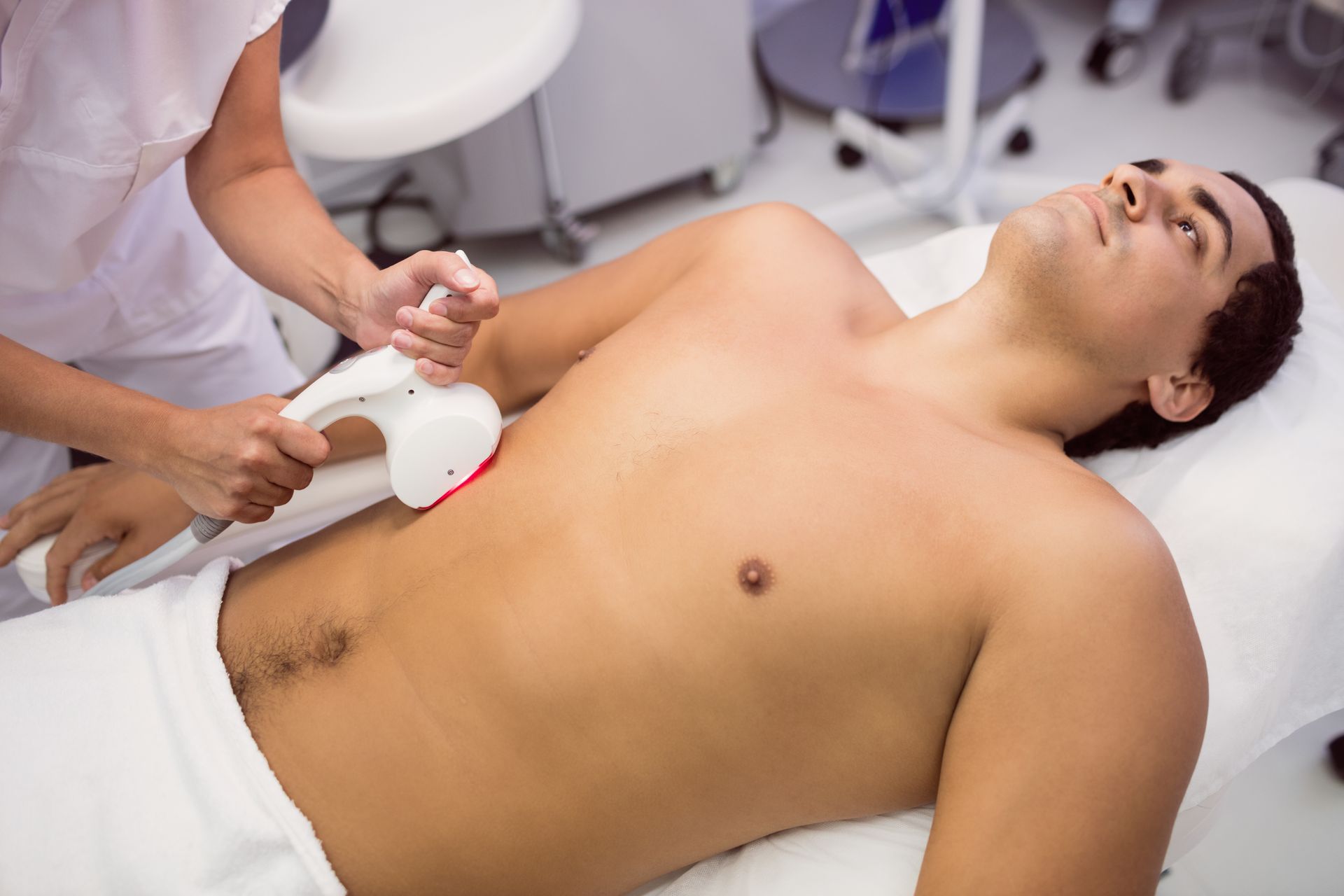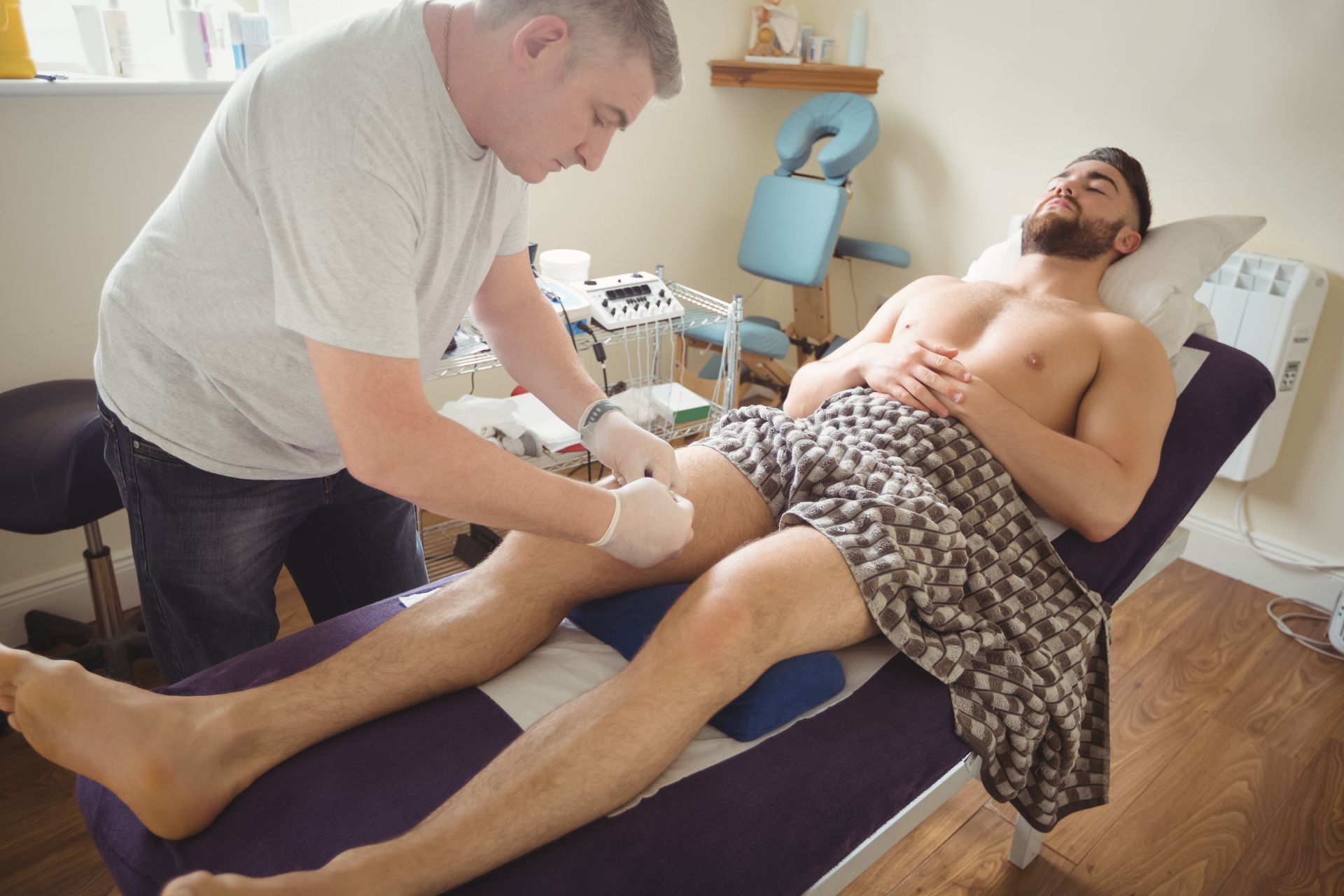Can Laser Hair Removal Stimulate Hair Growth on the Face?
Laser hair removal is widely known for reducing hair growth, not increasing it. But some people report something unexpected: after a few sessions, instead of less hair, they notice new or thicker hair appearing around the treated area. So, is it possible that laser hair removal can actually stimulate hair growth on the face?
While uncommon, this phenomenon does exist and has a name—paradoxical hypertrichosis. It’s rare, but it’s real. In this blog, we’ll explore what it is, why it happens, who’s at risk, and what you can do if it affects you.
What to do after laser hair removal?
How Laser Hair Removal Normally Works
Laser hair removal targets the pigment (melanin) in hair follicles. The heat from the laser damages the follicle, slowing down or stopping future hair growth. With repeated sessions, most people experience thinner, lighter, and fewer hairs in the treated area. Results vary by skin tone, hair color, and the type of laser used.
When done properly, laser hair removal leads to long-term hair reduction—not growth. But in rare cases, the opposite may occur.
How expensive is laser hair removal for face?
What Is Paradoxical Hair Growth?
Paradoxical hypertrichosis is the medical term for when laser hair removal results in increased hair growth instead of reduction. Rather than killing off the hair follicle, the laser may stimulate nearby dormant hair follicles, causing them to become active. This can lead to:
New hair growing in areas surrounding the treated site
Thicker or darker hair than before
Fine “vellus” hair turning into more noticeable “terminal” hair
This reaction is not common, but it has been documented in clinical studies and dermatology case reports. It usually appears around the edges of the treated area, where laser energy may be less intense.
Can Laser Really Trigger Hair Growth on the Face?
Yes, in rare cases, laser hair removal can lead to increased hair growth on the face, especially in people who are predisposed to hormonal or genetic hair growth patterns.
Some of the more vulnerable facial areas include:
- Jawline
- Upper cheeks
- Sideburns
- Neck
- Chin
People often confuse post-laser stubble or regrowth with new hair, but true paradoxical growth involves new hair appearing in places that were previously hair-free or had only fine fuzz.
Who’s Most at Risk?
Paradoxical hair growth is more likely to occur in individuals with:
- Darker skin tones (Fitzpatrick skin types IV–VI)
- Fine or light facial hair, such as peach fuzz
- Hormonal imbalances (e.g., PCOS, thyroid issues)
- Younger age, especially in those with active hair cycles
- Inappropriate laser type or settings for their skin/hair combo
- Areas with mixed hair density, like the face, where thick and fine hair may exist side-by-side
Using the wrong laser on the wrong hair type can stimulate hair follicles rather than destroy them.
Is This Hair Growth Permanent?
No, paradoxical hair growth is usually not permanent. However, it can be frustrating and slow to reverse. The good news is that further sessions, with the correct settings and technology, can often resolve it. Switching to a more suitable laser, like an Nd:YAG for darker skin tones or finer hair, may help reduce the stimulated growth.
Patience is key, and addressing it early with a knowledgeable provider is essential.
Can you use at home laser hair removal on face?
How to Prevent Unwanted Hair Growth After Laser
Here are some ways to reduce the risk of paradoxical hair growth on your face:
1. Choose the right clinic:
Laser hair removal should be performed by trained professionals who understand skin types, hair types, and laser technology. Clinics like Huggie Beauty carefully assess your skin and hair before starting treatment.
2. Get the right laser:
Not all lasers are created equal. The wrong wavelength or intensity can overstimulate instead of disable hair follicles. For example, Alexandrite lasers are great for fair skin, while Nd:YAG lasers work better for darker tones.
3. Be cautious with fine facial hair:
Laser is most effective on coarse, dark hair. If your face has mostly peach fuzz, electrolysis or dermaplaning might be safer options.
4. Stay consistent with sessions:
Spacing out treatments properly and completing the recommended number of sessions increases the chance of successful, lasting results.
5. Manage underlying conditions:
If you have hormonal imbalances like PCOS, work with a doctor to get them under control. Hair growth on the face is often connected to internal factors as much as external ones.
What to Do If You Notice More Hair After Laser
First, don’t panic. Increased hair growth doesn’t always mean it’s permanent or true paradoxical hypertrichosis. Give your skin time to settle after a session—it’s normal for hair to go through cycles, and shedding may take 2–3 weeks.
If you notice darker, coarser hair developing in new areas, contact your laser technician or dermatologist. They can assess your skin, confirm whether it's paradoxical growth, and recommend a tailored treatment plan, which may include:
- Switching to a different laser
- Increasing treatment frequency
- Trying electrolysis for stubborn areas
- Addressing any underlying health issues
Why Choosing the Right Provider Matters
Laser hair removal is highly effective when done right—but it’s not one-size-fits-all. Your skin type, hair color, hormones, and even lifestyle all play a role. That’s why it’s important to choose a provider who doesn’t just offer the service—but actually understands the science behind it.
At Huggie Beauty, we tailor every session to your unique skin and hair type. Our trained professionals use advanced technology that minimizes risks and maximizes results. We’re here not just to remove hair, but to support you throughout your skincare journey—with clear answers, realistic expectations, and honest care.
How does laser hair removal work on face
Final Thoughts
Laser hair removal is designed to reduce hair growth—not cause more of it. But in rare cases, especially on the face, paradoxical hair growth can occur. It’s not common, and it’s not permanent, but it can be frustrating. The key to preventing it lies in choosing the right technology, using proper techniques, and understanding your unique skin.
If you’re seeing unexpected results or want to be sure you're in safe hands, consult with a professional. And if you're looking for a clinic that puts your skin first—book your consultation with Huggie Beauty today.










